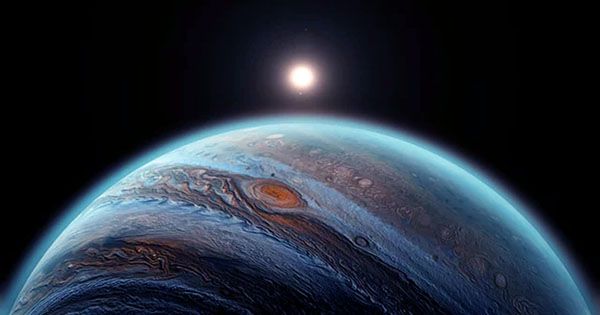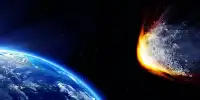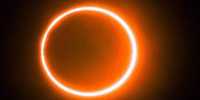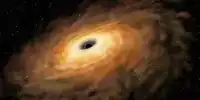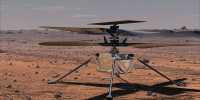Kai Lee is an amateur astronomer with a great record. Not only did they find the four lost moons of Jupiter, but they also discovered a brand new one as the first amateur. Thanks to this discovery, the largest planet in the solar system is orbiting around 80 moons. The previous one! How do you lose different moons? Well, it’s not carelessness. Many of these moons are small, faint, and orbit the planet far away.
Their orbits are tracked for some time, but limited observations cast great uncertainty on their way to the sky, so after a while, astronomers will no longer be able to find where to find them. With a fair amount of hard work and patience, Lee went through the Jupiter observations of the year, looking for where he should be in this missing moon. They were able to find observations from four of them and have now found brand new ones.
EJc0061 = S / 2003 J 24, as it is currently known until a new title is approved, was tracked by Lai on 76 observations over 5,575 days. The moon orbits Jupiter every 694 days compared to the planet’s rotation, known as motion impedance. Many distant moons move that way. “I can proudly say that this is the first planetary moon discovered by an amateur astronomer! Other than that, there’s nothing really significant about this Jovian moon – it’s just a typical member of the Retro Carme group,” Lee said in contact at the Minor Planet Mailing List Board.
The Ly set data on this discovery came from the 3.6-meter (11.8 ft) Canada-France-Hawaii Telescope (CFHT) from 2003. They then found the moon in the CFHT, the Subaru Telescope, and other data from the Cerro Tololo at the Inter-American Observatory which allows them to track motion and tighten its orbital constraints until 2018. In their initial analysis, Lee reported two more candidate moon detections but two of them were “invalid due to ignorance or obstructed CCD gaps in subsequent observations.”
It is possible that there are many more moons just waiting to be found. Now out of 80 moons, only 53 have official names, the remaining 27 are waiting to say something more interesting than a string of letters and numbers. A few years ago, researchers sought public assistance in naming (according to strict criteria for naming space objects), five of which were named by the public and some by the public.
